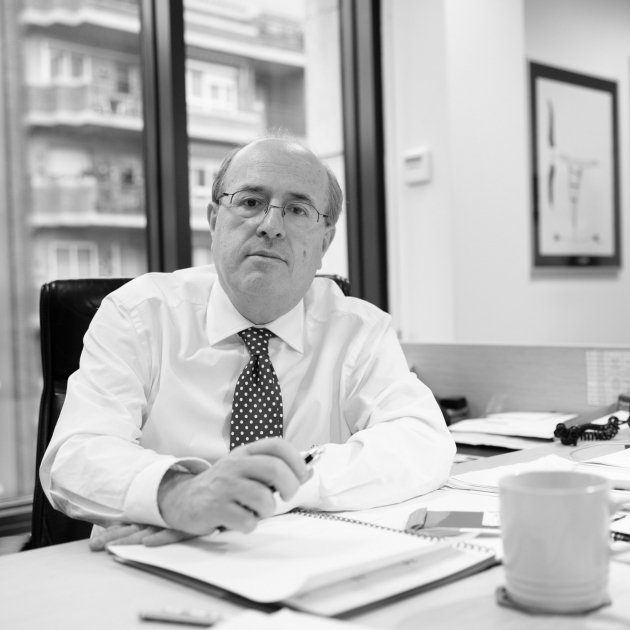A second head-on collision between Pere Aragonès and the Catalan National Assembly (ANC). After the successful demonstration on Sunday in Barcelona, which brought together 700,000 people according to the organizers and 150,000 according to the city police, and at which the ANC president, Dolors Feliu, called publicly for independence or elections, this Tuesday there there has been a new demand from the civil group, calling on president Aragonès to make effective Catalonia's Unilateral Declaration of Independence (UDI) in the second half of 2023, when Spain will hold the presidency of the European Union and Scotland plans to hold a new referendum. If Feliu's first request received a resounding refusal in less than 24 hours, this second suggestion lasted an even shorter time and fuels the idea that the gulf between the Catalan Republican Left (ERC) and the ANC, far from narrowing, has widened further.
The rapid move by the president of the Generalitat to receive the three groups behind the Diada demonstration, the ANC, Òmnium Cultural and the Association of Municipalities for Independence (AMI), 48 hours after the success of the massive rally on Catalonia's National Day suggested that there could have been a change of script in relation to Sunday and that there was a small margin to restore the broken trust. In this regard, the fact that Òmnium has its own road map and the AMI has not expressed a definitive public position led one to think that we might be entering a 'time out' in the clash. Nothing could be further from the truth: there is not even a minimal margin for reconciliation on either side, since the positions of one and the other are at opposite extremes and are completely entrenched.
What should be the start of a series of meetings between the Generalitat, the pro-independence parties and the sovereignest civil society groups to rebuild relationships has been left hanging in the air. After the absence of Aragonès at the demonstration, arguing that it was a protest called against his government - a rejection seconded by his party and by all the ERC ministers - the president opened the doors of the Palau with a meeting which, if nothing else, had a curious format due to the simple fact that the person who accompanied him was his minister for the presidency, Laura Vilagrà, also from ERC, and not his vice-president, Jordi Puigneró, of Junts. To further complicate things, Puigneró met immediately afterwards with the ANC, but not with the other two civil groups, and framed Aragonès's meeting as a meeting held by the presidency and not one by the Catalan government.
The notable discord between the two, the surprise initiatives that had not been put to consensus, the striking but improvised proposals, do nothing but dilute the success of Sunday's demonstration. All pro-independence actors have the right to have their own road map. But you can't preach consensus and practice dissent. Of course there is room for broad, sincere accords. They have been made in the past and they will be in the future, because that is politics. It has been said more than once that no progress is possible without unity of action. If all players really believe this, this must not be an empty phrase in which each one does what they feel like, looks suspiciously at the other and the passage of time does nothing but close any expectation of moving forward. Rebuilding consensus means reaching agreements to move forward. And, unfortunately, this Tuesday's meeting at the Palau de la Generalitat shows that we are still a long way from that moment and the most dangerous thing is that no light can be seen anywhere.
